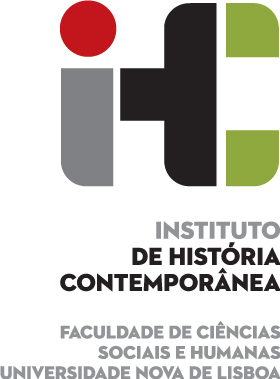Open call for the journal FotoCinema: Gender behind the cameras
May 24, 2023 | Highlights
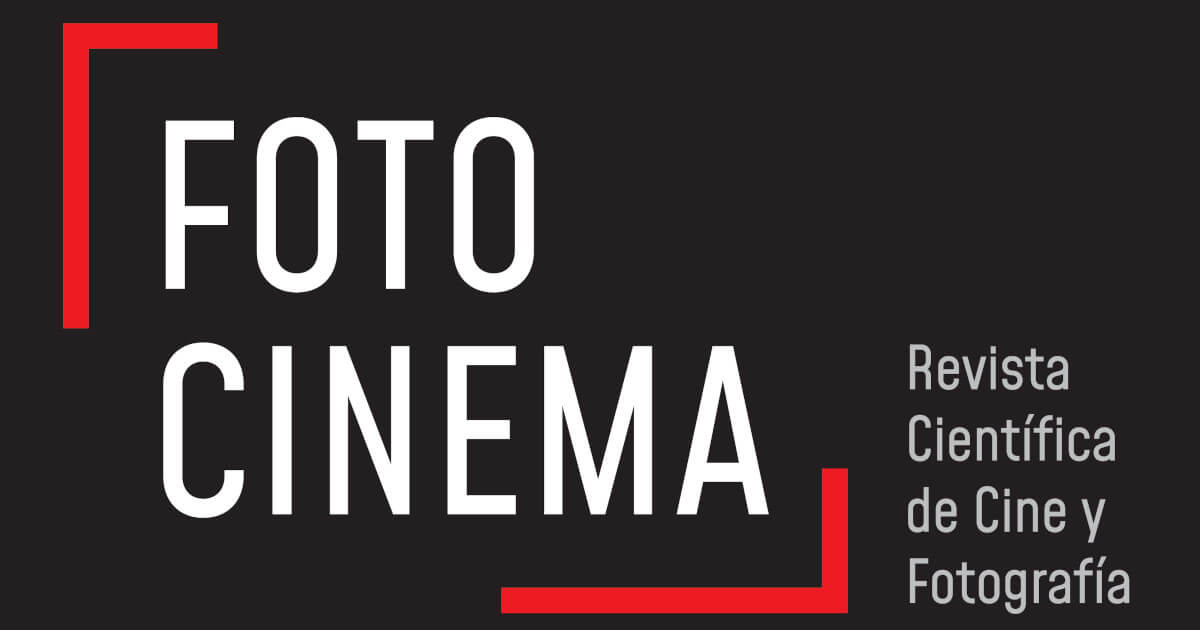
Gender behind the cameras. European women photographers
Deadline: 30 September 2024
Coordinators: Filomena Serra (IHC — NOVA FCSH / IN2PAST / Rede Nacional de Estudos Culturais) e Caterina Cucinotta (IHC — NOVA FCSH / IN2PAST / Universidad Rey Juan Carlos)
Women have taken part in the art of photography since its beginnings. Female photographers were drawn to the medium, professionally and personally, as an effective and accessible way to earn a living as well as to express ideas and feelings. Recent research has shown that photography even offered fewer barriers and sometimes swifter recognition to women than traditional visual arts.
Anna Atkins (1799-1871) considered the world's first woman photographer used the cyanotype for scientific purposes and illustrated the first photobook. The famous American Allen Sisters became well-known and opened a studio in 1901. Many other women like Julia Margaret Cameron (1815-1879), Frances Benjamin Johnston (1864-1952), Dorothea Lange (1895-1965), Margaret Bourke-White (1904-1971), Diana Arbus (1923-1971), Annie Leibovitz (b. 1949) Shirin Neshat (b.1957), Francesca Woodman (1958-1981) or Lorna Simpson (b. 1961), shaped their identity and their work in an adverse social and cultural context, breaking taboos and stereotypes. However, as Naomi Rosenblum (2010) argues, despite the large number of women photographs, historical research rendered them invisible.
As the photo historian Margarida Medeiros points out, women photographers were not supposed to enter history and indeed did not (2017). Notwithstanding, in recent years women photographers from Anglo-Saxon countries and Northern Europe have been the subject increasing attention. The same, however, does not apply to women photographers from Southern Europe, although exhibitions in Rome, Lisbon, São Paulo and Madrid have featured photographers such as Letizia Battaglia (1935-2022), Esther Ferrer (b. 1937), Carmen Calvo (b. 1950) and Isabel Muñoz (b. 1951). In Porto, the painter and photographer Aurélia de Sousa (1866-1922) was shown (2016), and another exhibition of her work is currently being held (MNSR, 2023). University dissertations and new studies are also attempting to overcome this amnesia. The Calouste Gulbenkian Foundation is preparing a major exhibition in Lisbon for 2024 on the journalist Maria Lamas (1893-1983), which will include her photographic work. And currently, in March 2023, an exhibition by Luísa Ferreira (b. 1961) is being held at the Museu do Neo-Realismo, in Vila Franca de Xira.
However, amateur and professional women photographers still remain in the shade. This FotoCinema issue aims to uncover significant contributions from European women photographers, covering especially the perspective of gender, race and class, but also of the body and sexuality. Women photographers well known, little known or entirely ignored in histories of photography. We are also interested in those figures who extended their photographic practices to film since, historically, they have been under-represented in the profession. Therefore, we will consider the extension of photographic practices to other media, particularly forms of expression that cross image, movement and sound.
Thus, we intend to publish articles on women photographers who have used photography as a means of expression, either as amateurs or professionals, as well as on those working in large photography, film, television or video studios. We also welcome different methodologies of photography: from photojournalism to war photography, film-documentary photography, street photography, architectural photography, colonial and post-colonial photography, still photography and moving images.
Intended topics:
– women photographers in authoritarian regimes;
– women war photojournalists; women travellers;
– photography and print culture;
– multimedial encounters and materialities;
– feminist contexts and new conceptualisations of the medium and photographic
practices;
– fotographic materialities and gender;
– colonial mobility and migration;
– use of new technologies and their influence in the past and present;
– women-photographers in film, television and video; gender, inequalities in the
profession, power and social relations;
– challenges to stereotypes of beauty and femininity;
– the restructuring of the portrait, the self-portrait and the representation of the figure
and landscape;
– exploration of colonial identities and experiences;
– issues around sexuality; new readings and counter-histories.
Bibliographic references:
– Calado, Jorge, Au Féminin, Women Photographing Women 1849-2009. Paris, Centre Cuturel Calouste Gulbenkian,2009.
– Krasilovsky, Alexis, Women behind the camera: conversations with camera women. Westport, CT: Praeger Publishers, 1997.
– Marcoci, Roxana, Ourselves: Photographs by Women Artists. New York: MoMA, 2022.
– Margarida Medeiros: as mulheres fotógrafas “não era suposto entrarem na História. E não entraram”. Delas. 2017 (online).
– Raymond, Claire, Women Photographers and feminist aesthetics. New York: Routledge, 2017.
– Rosenblum, Naomi, A History of Women Photographers. New York, Abbeville Press, 2010, 3ª ed.
– Tedesco, Marina Cavalcanti, “Mulheres atrás das camaras: a presença feminina na direção da fotografia de longa-metragens ficcionais brasileiros”. Significação. Revista de Cultura Audiovisual, v. 43 (46), p. 47 – 68, 2016.
– Women Film Pioneers Project. https://wfpp.columbia.edu/essay/women-as-camera-operators-or-cranks/
Further information on this call
News
-
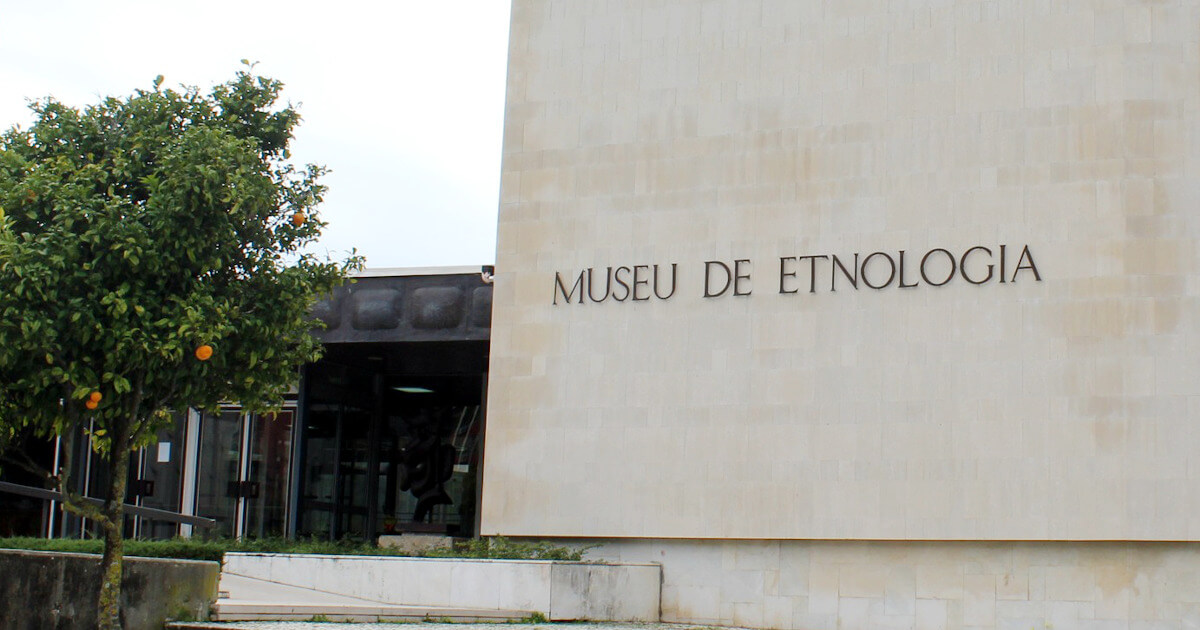 The results of IN2PAST's third call for exploratory projects have been revealed and InDigit was approved for funding
The results of IN2PAST's third call for exploratory projects have been revealed and InDigit was approved for funding -
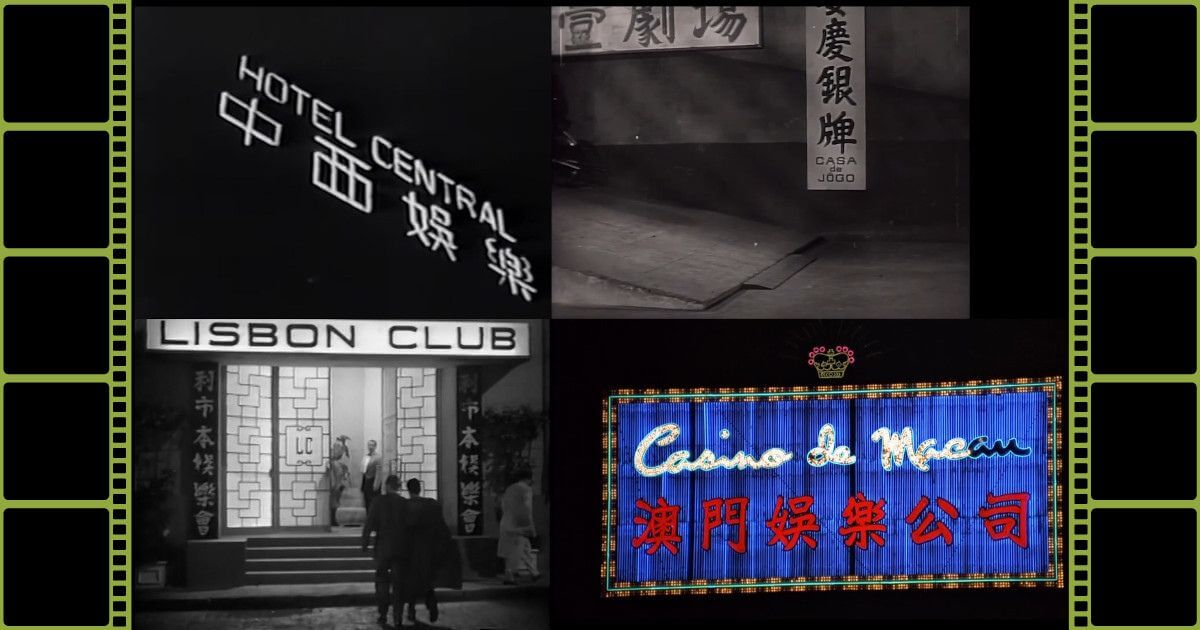 The film-essay written and directed by Rui Lopes premiered at Fidelidade Arte, in Lisbon
The film-essay written and directed by Rui Lopes premiered at Fidelidade Arte, in Lisbon -
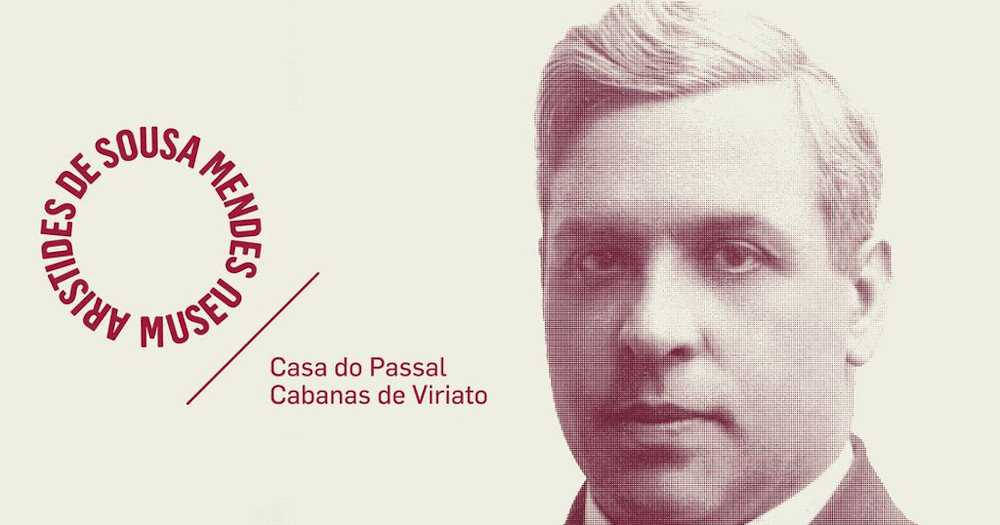 The museum will be inaugurated on 19 July
The museum will be inaugurated on 19 July
Search
Opportunities
Marie Skłodowska-Curie Postdoctoral Fellowships
Deadline (IHC): 23 June 2024
News
InDigit: Elisabete Pereira co-coordinates IN2PAST exploratory project
Jul 26, 2024
The results of IN2PAST’s third call for exploratory projects have been revealed and InDigit was approved for funding
Rui Lopes premieres film-essay “Aventuras no Império”
Jul 25, 2024
The film-essay written and directed by Rui Lopes premiered at Fidelidade Arte, in Lisbon
Cláudia Ninhos is the curator of the new Aristides de Sousa Mendes Museum
Jul 18, 2024
The museum will be inaugurated on 19 July
CONTACTS
WORKING HOURS



